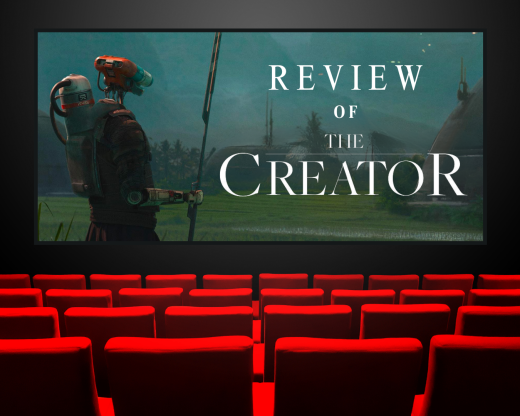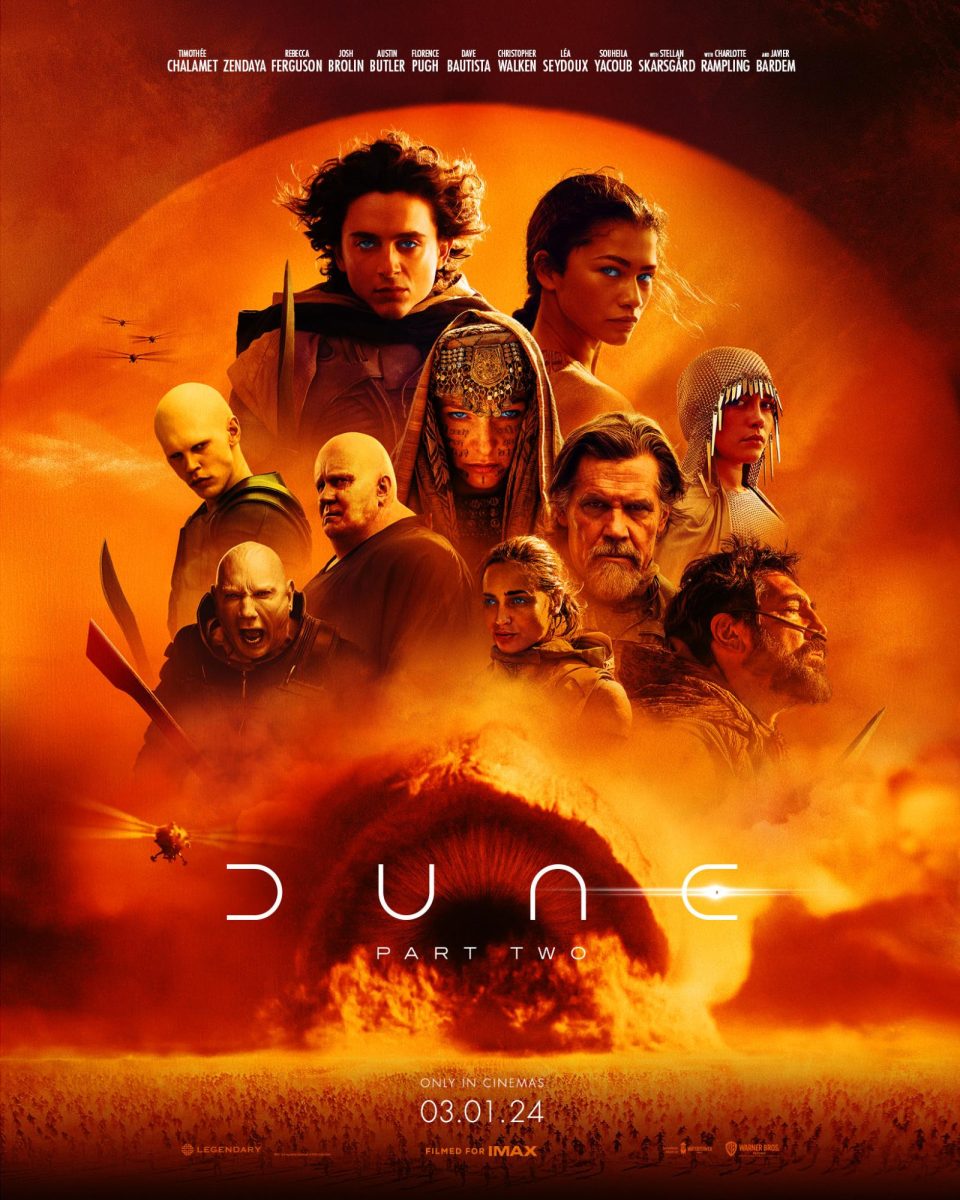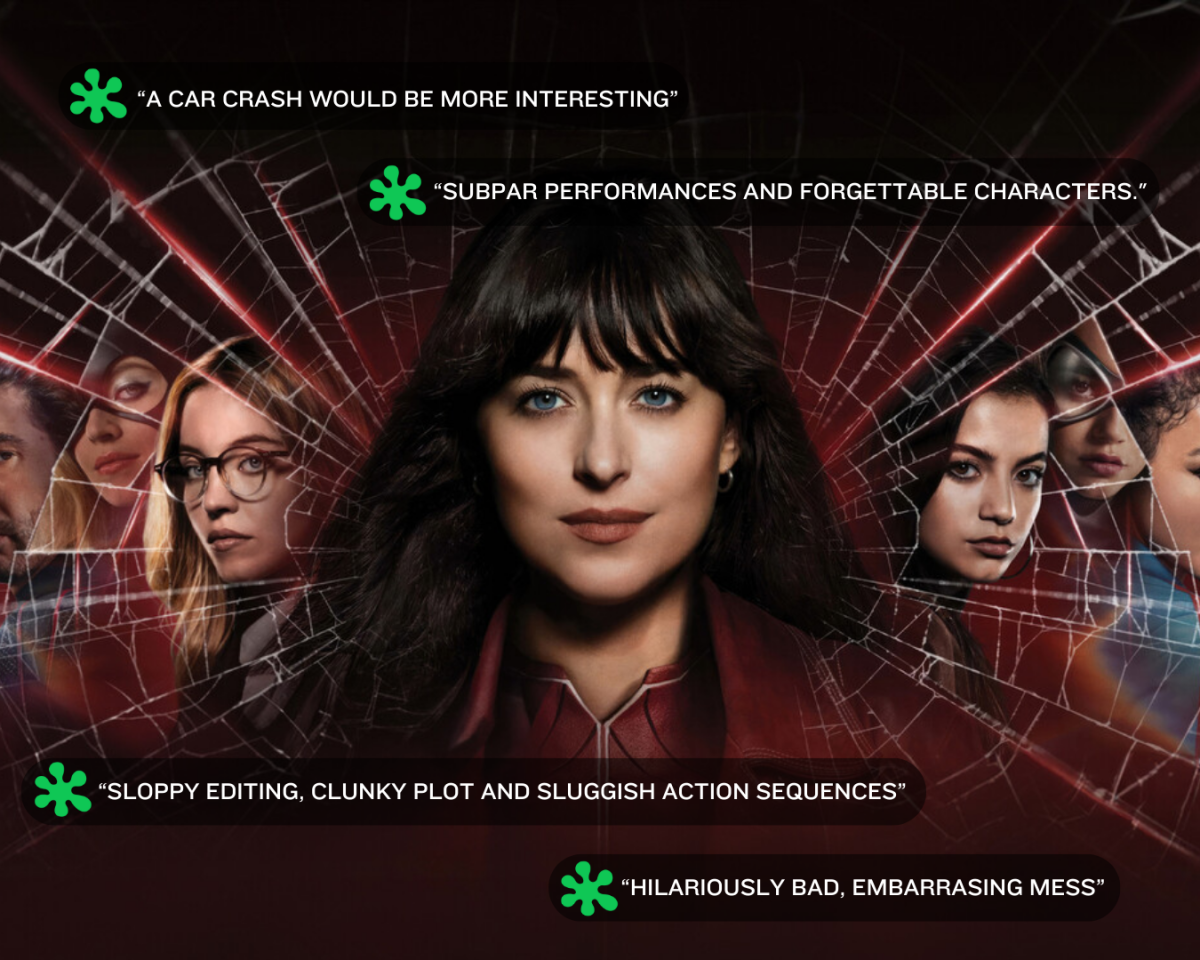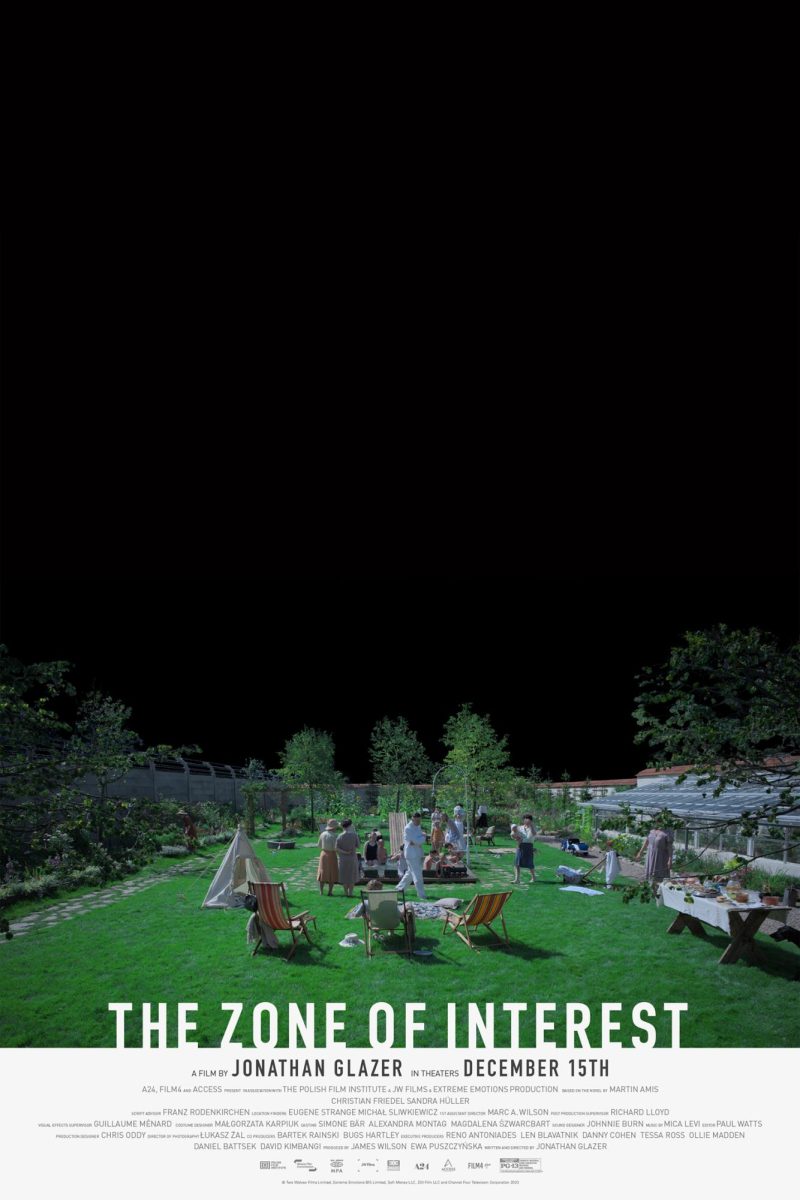
Seven years ago, director Gareth Edwards buckled under the pressure of staying faithful to a nearly five-decade-old franchise with the anthological “Rogue One.” With Edwards’ latest endeavor, “The Creator,” the 48-year-old director is freed from the shackles of the “Star Wars” franchise and attempts the audacious: creating a modern-day blockbuster with no intellectual property (I.P.) tie-ins. And, even if it’s a flawed piece of art, it’s worth celebrating.
To understand why, we should establish that science fiction (sci-fi) in Hollywood has pigeonholed itself into largely derivative storytelling. Whether that’s “Star Wars” or the Marvel Cinematic Universe, audiences have been conditioned into reliving the familiar, using people’s sentimental feelings in a manipulative way. To prove my point, when was the last time a big-budget, original sci-fi film gained widespread popularity? Oscar-winning films like “Gravity” and “Her” hit theaters a decade ago, and in a year’s time, “Interstellar” will also reach the decade-old mark.
While everyone can use some nostalgia, Hollywood’s recent obsession with established I.P. leaves little room for original stories, especially at the blockbuster level. Of course, Christopher Nolan, one of the few sci-fi-obsessed directors who can consistently deliver financially successful, auteur-driven narratives, is still alive and well. However, he’s currently chasing an Oscar with the biopic “Oppenheimer,” leaving a vacant spot for studios to fill.
This brings us back to Edwards and “The Creator,” with its attempt to stray away from Hollywood’s unrelenting pattern of adaptations, remakes and sequels for something supposedly new and uncharted. However, the question remains: does it deliver on its promise?
In terms of visual composition, it absolutely does. Computer-generated imagery (CGI) is a necessity in modern cinematography — especially in science fiction, where its appeal comes from its futuristic world-building. However, an overabundance of CGI can result in artificial-looking imagery, diminishing the story’s immersion. Fortunately, Edwards’ background as a visual effects artist comes in full force as “The Creator” effortlessly blends the on-set locations of Thailand and Lebanon with some stellarly-implemented visual effects. The result creates a feeling of picturesque immersion, and despite its relatively modest production budget of $80 million, it’s one of the most aesthetically pleasing movies this decade.
While the visuals are undeniably stunning, unfortunately, the same cannot be said about “The Creator’s” narrative. The film follows Joshua Taylor, played by John David Washington, a defeated sergeant and undercover operative of the U.S. Army who is grieving the death of his pregnant wife. The United States has been undergoing a genocidal war against artificial intelligence (AI) after a nuclear warhead evaporated Los Angeles in 2055, with AI being held responsible. The military gives Joshua the responsibility of eradicating AI by disarming a mysterious weapon that could change the fate of humanity permanently. However, he is forced to reconsider his preconceptions about AI after discovering that this “mysterious weapon” is in fact a young child.
From the synopsis alone, it’s evident that this movie’s plot borrows a few too many shades from the science fiction canon: Ridley Scott’s “Blade Runner,” Steven Spielberg’s “E.T. the Extra-Terrestrial” and, to a lesser extent, James Cameron’s “Avatar” and Alfonso Cuarón’s “Children of Men.” While this might disappoint viewers, especially those expecting something revelatory, it shouldn’t come as a surprise. Whether they’re purely in the genre or adjacent to it, modern science fiction has borrowed from the ‘80s — often regarded as the Golden Age of the Hollywood Blockbuster — for quite a while now. It’s a genre keen on looking towards the future while firmly adhering to a four-decade-old formula.
Despite not receiving a very enthusiastic response when it was first released, “Blade Runner” is arguably one of the greatest achievements of the sci-fi genre. However, other attempts in the genre have often fallen short of capturing the lightning-in-a-bottle magic that made the film so revered. “The Creator” is no exception to this trend, which is made especially clear from the opening frame that pays homage to Ridley Scott’s magnum opus. The exploration of social conflict between humans and AI in “The Creator” mimics the human-replicant dynamic in “Blade Runner,” right down to the very words and actions depicted on screen.
To a lesser degree, I might add, because while “Blade Runner’s” human-replicant dynamic is a timelessly effective metaphor for aspects of the human condition, social class and authoritarian capitalism, the element of AI in “The Creator” comes across as poor taste, especially with the Writers Guild of America and Screen Actors Guild-American Federation of Television of Radio Artists strikes occurring next door. There are also the allegorical connections to the Vietnam War — specifically, the films about the war, à la “Apocalypse Now,” with the movie mostly taking place in Southeast Asia — and the anti-imperialist tone in the movie spoon-fed to the audience. The film’s thematic elements and allegorical connections bring very little to the table, and Edwards doesn’t provide enough subtext to encourage anyone to dig deeper.
In the end, even if it prides itself on its supposed originality and 133 minutes of cinematic eye candy, “The Creator” is frustratingly held back by an unoriginal script attached to the same nostalgia-driven intellectual property it so desperately tries to stray away from. If studios had the guts to give filmmakers such as Jonathan Glazer a production budget of $80 million, perhaps we would’ve gotten something transcendent.

















